It may be hard to believe, but until this year, iPhones didn't have the always-on display (AoD) feature that is on phones Galaxy present for generations. The first iPhones to get this feature are iPhone 14 For a iPhone 14 For Max. However, its original implementation was not ideal and used more power due to displaying muted versions of wallpapers and notifications. Therefore, the Cupertino giant came up with an implementation similar to the one on Samsung smartphones.
After a few days of using AoD, some iPhone 14 Pro and 14 Pro Max users started complaining about high power consumption. Apple heard them and brought an AoD implementation similar to that on phones Galaxy. This implementation is part of the latest beta version of the system iOS 16.2 and brings much-needed AoD controls to said iPhones. The new version of the system allows them to completely hide wallpapers and notifications on AoD.
You could be interested in
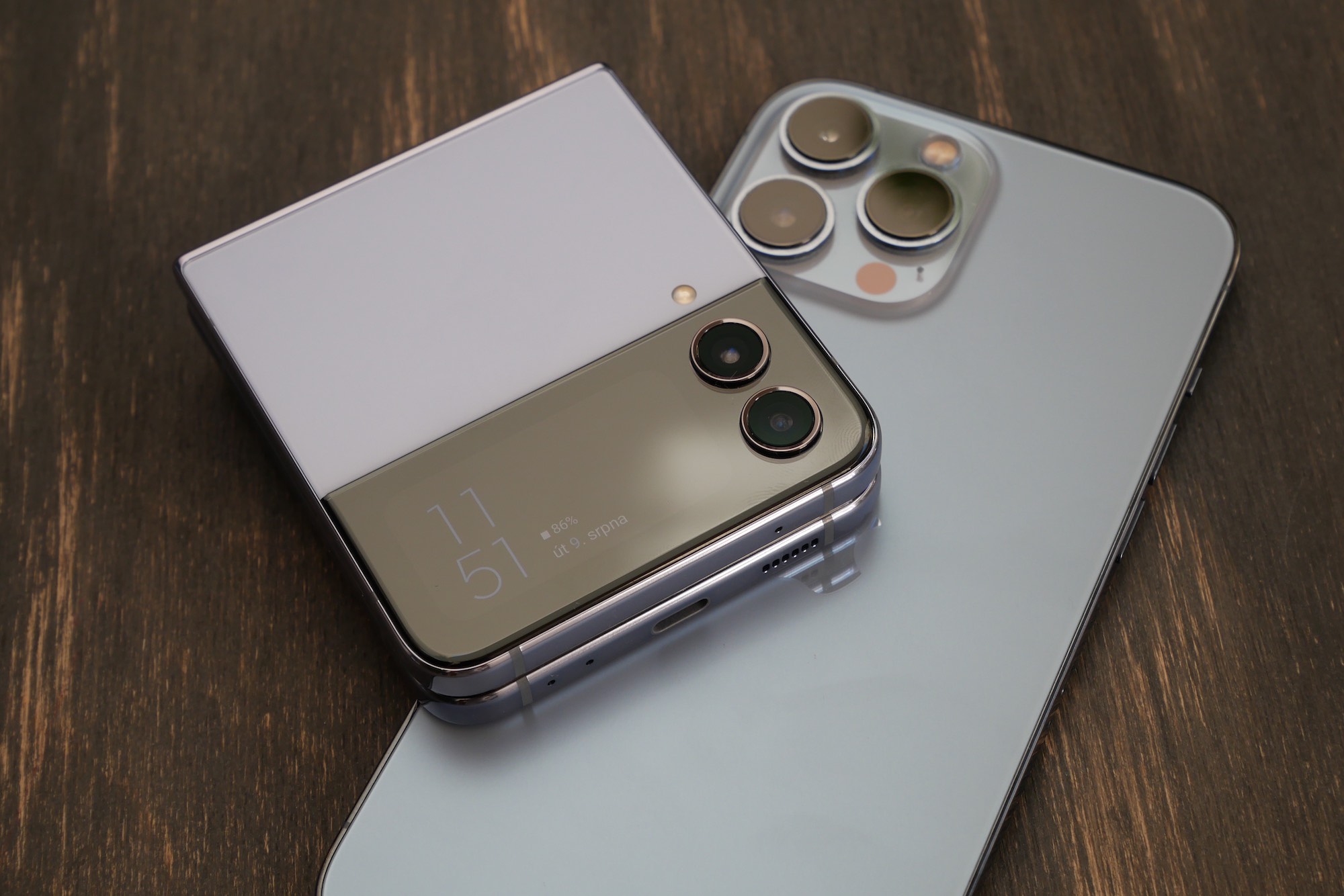
Once wallpapers and notifications are turned off on AoD, users are left with a clock and other lock screen widgets on it. This AoD implementation is similar to what we have seen on phones for a long time Galaxy and which shows a black screen with a clock widget and app icons for which notifications have arrived. Simple and effective, but mainly battery saving.
iPhone You can buy the 14 Pro and 14 Pro Max here, for example
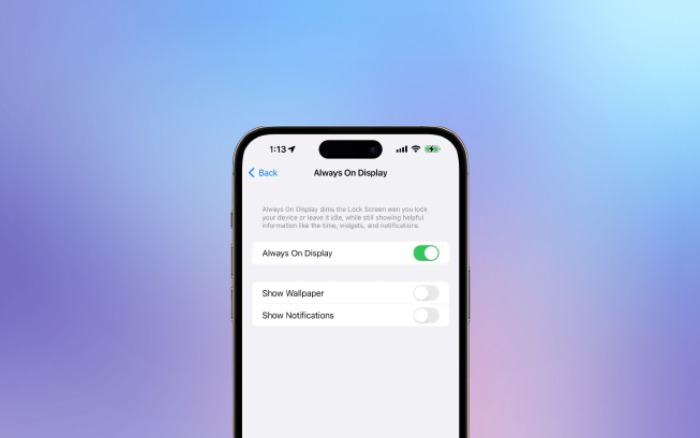
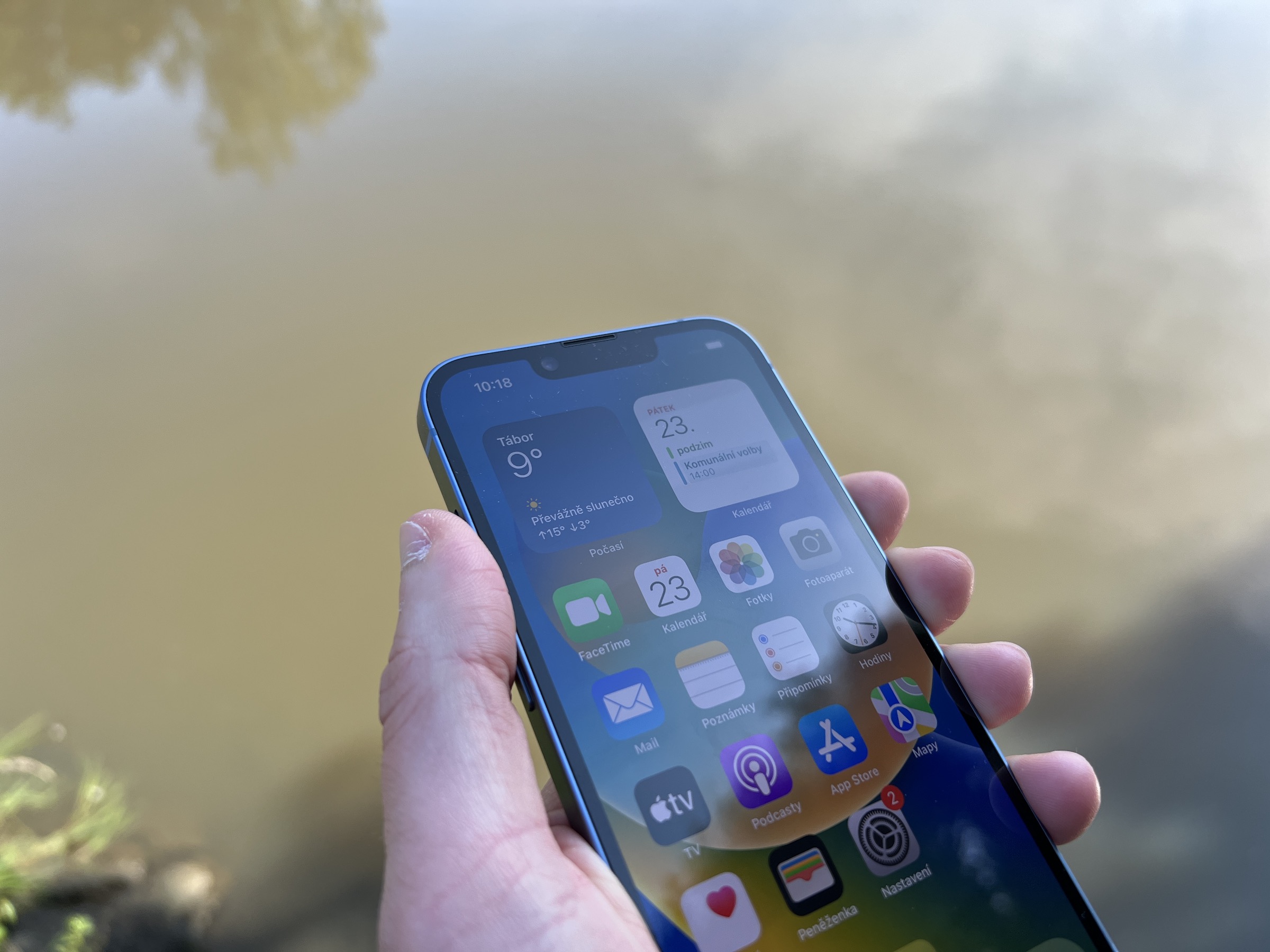
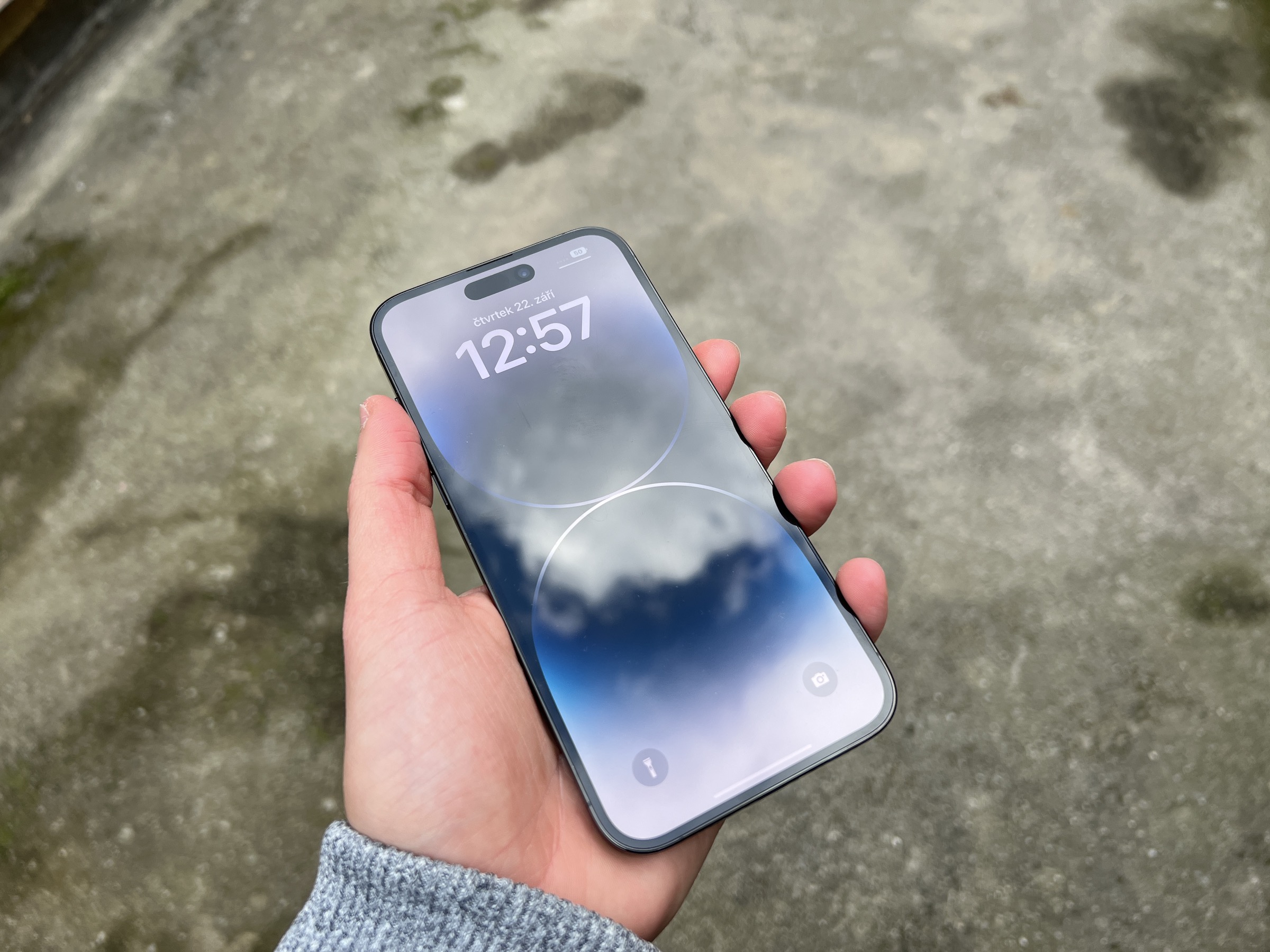

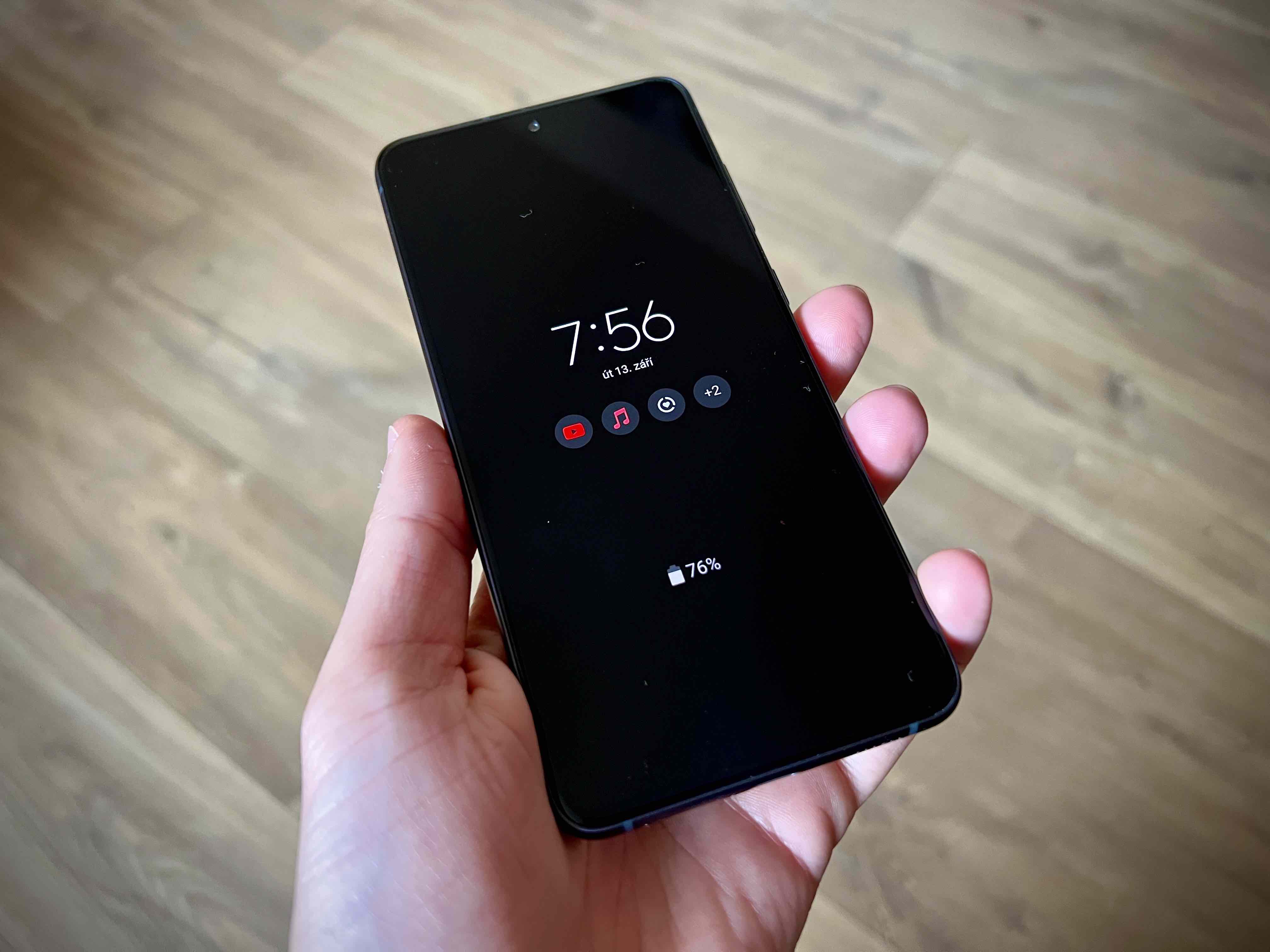
The solution is to fart again, when notifications are also turned off, then AoD is somehow useless. In addition, the setting options do not even mistakenly catch on to Samsung.
I guess so, bro Apple at any cost, he must constantly steal and copy others. Which I don't really care about, if at least he did it properly. No, Apple takes some functions from Androidu, it copies them but doesn't make them as great as they are on androidu, only they are curved, so they are semi-functional, see widgets. On Androidu great and lots of options, na Apple as if forcibly grafted onto their "firmware" as they call it iOS 😀 and you can't do much with widgets.
The only advantage Apple against Androidu (and also why I'm at Apple passed) were updates, but that has changed in recent years and Android also offers at least the 3-4 years. Well, the big version is enough for me for about 2 years, I don't want the phone any longer, it's already outdated for me, I still want something new... That's why my next phone will be a return to Androidua it probably looks like a Samsung or a Pixel, both of which can be easily DEGOOGLED.
Android is freedom Apple is a dictatorship, like commies, or fascists, or some sect… 🙁
Do the notifications really turn off but the widgets stay on? That's some kind of mistake, isn't it? Shouldn't it be the other way around? Hopefully the guys will think it over
Lol, I have AoD on non-stop and the battery lasts almost two days (14 Pro Max). Sorry, but Samsung can only let you know about that. There are a lot of things that bother me after the transition from Androidit's quite expensive (in general, the speed is not high), but I really don't have a single problem with AoD and battery life. I find it nicer and just as functional as on Androidu.
Just as functional, no mistake.
Z Androidu na Apple? Sincere condolences, Apple I always used the latest ones, we got them at the company... Finally now we get Samsungs and it's like coming from hell to heaven!!! We have Galaxy S22 Ultra, 512GB and in one word GREAT. That's why even the new iPhone 14 PRO MAX are like toys for children with an infantile limited system.
btw: As for some “apple ecosystem", so that's laughable, the normal user has had it for years Androidua Windows, or Linux too, they just have to be able to solve it, it's not a system for the technically illiterate.